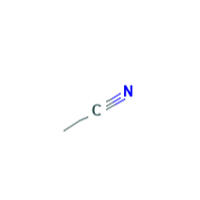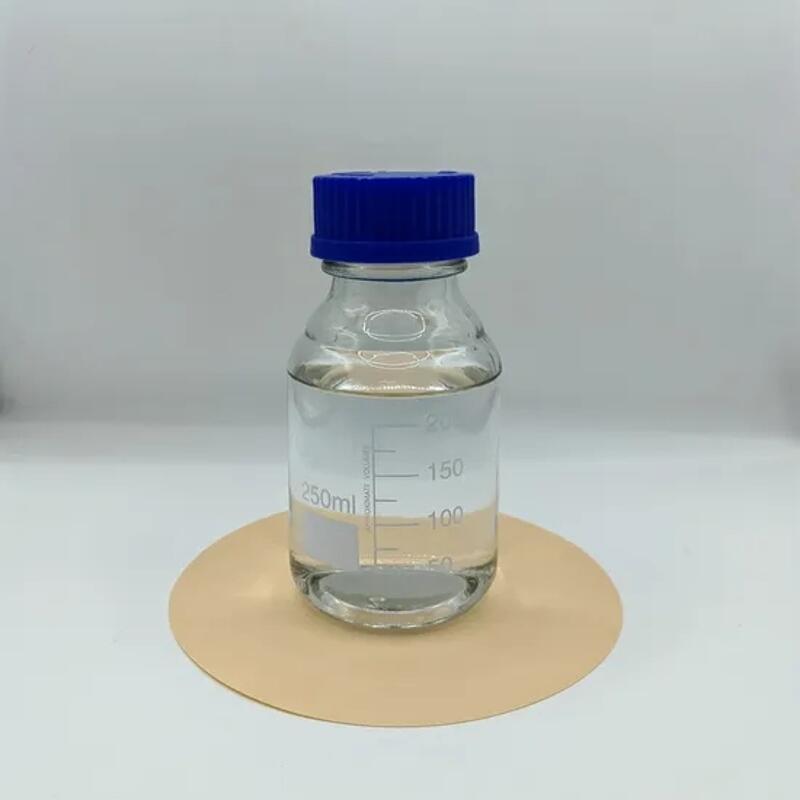-
Categories
-
Pharmaceutical Intermediates
-
Active Pharmaceutical Ingredients
-
Food Additives
- Industrial Coatings
- Agrochemicals
- Dyes and Pigments
- Surfactant
- Flavors and Fragrances
- Chemical Reagents
- Catalyst and Auxiliary
- Natural Products
- Inorganic Chemistry
-
Organic Chemistry
-
Biochemical Engineering
- Analytical Chemistry
-
Cosmetic Ingredient
- Water Treatment Chemical
-
Pharmaceutical Intermediates
Promotion
ECHEMI Mall
Wholesale
Weekly Price
Exhibition
News
-
Trade Service
The chemical industry is one of the most important sectors of the global economy, providing a wide range of products that are used in various industries.
One of the chemicals used in this industry is 1,3,5-Tris(bromomethyl)-2,4,6-trimethylbenzene, which is a flame retardant additive used in plastics.
This chemical has been widely used in the industry for several decades, and it is known for its effectiveness in reducing the flammability of plastics.
However, there are concerns about the safety of this chemical, which has been the subject of much debate in recent years.
1,3,5-Tris(bromomethyl)-2,4,6-trimethylbenzene, also known as TBB, is a synthetic chemical that is commonly used as a flame retardant in plastics.
It is added to plastics to reduce their flammability and prevent them from catching fire easily.
This chemical is widely used in various industries, including the electronics industry, where it is used to protect electrical equipment from fire.
TBB is also used in textiles, furniture, and building materials.
The safety of TBB has been a subject of concern in recent years, with some studies suggesting that it may pose a risk to human health.
TBB is known to be toxic to marine life and can cause harm to aquatic organisms.
It is also suspected of being a possible carcinogen, with some studies suggesting that it may cause cancer in humans.
One of the main health concerns associated with TBB is its potential to cause cancer.
Some studies have suggested that TBB may cause cancer in humans, although more research is needed to confirm these findings.
TBB is known to be toxic to animals and can cause reproductive problems, developmental issues, and other health issues.
In addition to its potential health risks, TBB is also known to be harmful to the environment.
It is a persistent organic pollutant (POP) that can persist in the environment for a long time, causing harm to aquatic life and other organisms.
TBB is also known to be bioaccumulative, meaning that it can build up in the tissues of living organisms, including humans, and can cause harm to the food chain.
The use of TBB in the plastics industry has also been a subject of concern, with some advocates calling for a ban on its use.
TBB is added to plastics to make them more flame retardant, but many people argue that it is not effective in preventing fires and that it poses a significant risk to human health and the environment.
In addition to the health and environmental risks associated with TBB, there are also concerns about its use in the manufacturing process.
TBB is often produced through a complex and dangerous manufacturing process that involves the use of hazardous chemicals and can result in the release of toxic substances into the environment.
This has led to calls for greater regulation of the manufacturing process to ensure that the chemical is produced safely and with minimal impact on the environment.
Despite the concerns about TBB, the chemical is still widely used in the plastics industry and other industries.
However, there are efforts underway to reduce the use of this chemical and to promote the use of safer alternatives.
For example, some manufacturers are now using other flame retardants that are less toxic and more effective in preventing fires.
In conclusion, 1,3,5-Tris(bromomethyl)-2,4,6-trimethylbenzene, also known as TBB, is a flame retardant additive used in plastics that has been widely used in the industry for several decades.
While it is effective in reducing the flammability of plastics, there are concerns about its safety, including its potential to cause cancer and other health problems, harm the environment, and pose risks to the manufacturing process.
Despite these concerns, TBB is still widely used in the industry,






